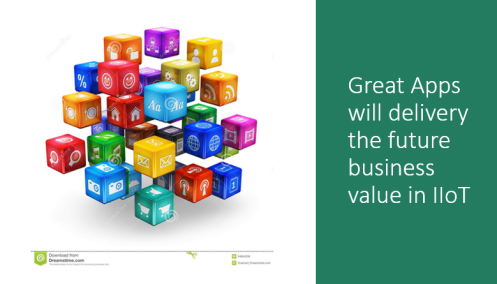
Ecosystems and platforms are the present way to build your business or so we are advised. Yet there is ahead of us potentially the evolving way we take the Metaverse, this might be on the future horizon to take ecosystem thinking into a new direction.
Let’s see will metaverses take our present ecosystem thinking beyond? A metaverse is all the connections between the financial, virtual, and physical worlds that are becoming increasingly linked.
In many ways, the metaverse will combine all aspects of life in one place and become far more of our future platforms. There are commonalities between existing language and practice and the metaverse can extend this out.
For instance in reality, virtually, immersive, in marketplace offerings, in building a stronger blockchain element, having a greater social or customer participation. Marketplaces can decentralize even further what we have, we can interact differently, having more options to stimulate or be creative, and we will continue to build out interoperability and accessibility.
All of this is a “promise yet to come” but not so far away not to consider where the Metaverse might take ecosystem and platform practice into our present thinking.
Stepping back from the promise of what might yet come

 The new environment providing by adopting ecosystem thinking offers us infinite possibilities. It opens us all up to new knowledge, collaboration and sources of new value and innovative impact.
The new environment providing by adopting ecosystem thinking offers us infinite possibilities. It opens us all up to new knowledge, collaboration and sources of new value and innovative impact.  I have been thinking more about “Collective Intelligence” recently, so as to build more thriving and enabling ecosystems. I would argue we do need to change the way we work, engage and participate in sharing what we know with others and then find the connecting mechanisms, to build from this collective engagement.
I have been thinking more about “Collective Intelligence” recently, so as to build more thriving and enabling ecosystems. I would argue we do need to change the way we work, engage and participate in sharing what we know with others and then find the connecting mechanisms, to build from this collective engagement. Software stacks. This conquers up a certain mystery for me, so I decided to order up a plate to see if I can digest all they seem to be offering.
Software stacks. This conquers up a certain mystery for me, so I decided to order up a plate to see if I can digest all they seem to be offering. Ecosystems in our business thinking have suddenly become of age, they can enable cross-cutting innovation to be delivered in highly collaborative and dynamic ways. Understanding the value of working within an ecosystem is becoming critical to understand.
Ecosystems in our business thinking have suddenly become of age, they can enable cross-cutting innovation to be delivered in highly collaborative and dynamic ways. Understanding the value of working within an ecosystem is becoming critical to understand. There are twin forces at work, feeding off each other and innovation can become the greater unifier. We are facing greater disruption and an increasing innovation and technology pace. These are constantly combining, relentlessly adding a new shape to our future. We are actually caught up in a very revolutionary period.
There are twin forces at work, feeding off each other and innovation can become the greater unifier. We are facing greater disruption and an increasing innovation and technology pace. These are constantly combining, relentlessly adding a new shape to our future. We are actually caught up in a very revolutionary period. The broad use of ‘open’ does seem to have very different interpretations, especially when it comes to platforms or cloud-ready architecture.
The broad use of ‘open’ does seem to have very different interpretations, especially when it comes to platforms or cloud-ready architecture.
 Technology is radically altering our need for innovation. We see increasingly innovation is feeding off the “digital response rate” and how we build and design the application software will transform IIoT as it has for our personal world (B2C), where we download apps on a daily basis to solve a problem or to improve our understanding.
Technology is radically altering our need for innovation. We see increasingly innovation is feeding off the “digital response rate” and how we build and design the application software will transform IIoT as it has for our personal world (B2C), where we download apps on a daily basis to solve a problem or to improve our understanding.